I’ve never really spent any time in Liverpool, which is a shame really as I rather like the place. I took a look last summer and ended up on a seemingly never-ending circular of the Mersey Tunnels trying to get from one place to the next, but this time I made damn sure to stay on the north side of the river.
My primary reason for visiting was the now disused underground service reservoir in Toxteth, which on a blissfully sunny September day offered a damp and dark insight into the subterranean city of the Victorian age.
Toxteth mightn’t spring to mind as a shining example of salubrity even now, but back then great swathes of the country were rife with poverty compounded by poor housing, filthy air and lack of clean water – and Liverpool was at the top of the league. The city’s first water engineer, Thomas Duncan, had a job on his hands to tackle the issue and hold further cholera epidemics at bay.
The result of his efforts was a series of vaulted reservoirs fed by gravity from Rivington Pike – some 24 miles away, which enabled a programme of public bathing; clean water and – if required – a gravity-fed fire-fighting response for the prospering docks. The High Park Reservoir was one of these, and opened in 1850.

Ultimately the city outgrew this arrangement and by 1879 a decision was taken to dam the river Vyrnwy and bring in the water from Wales, but High Park remained in use right up to 1997 when it was drained and closed for the last time.
What you have here is essentially a giant 2,600 square feet tank bound by eight foot thick sandstone walls, its brick vaulted ceiling supported by 96 cast iron columns and accommodating a capacity of two million gallons of water.
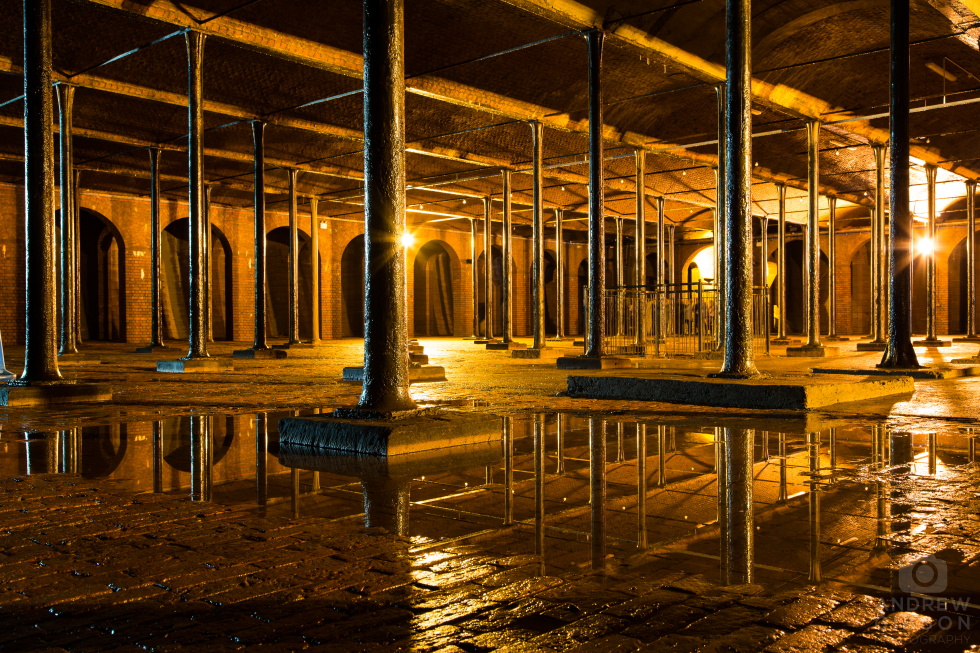
Now occasionally used for filming and events, It’s also the place the mafia man met his end in the BBC’s Birmingham-based drama Peaky Blinders. I’ve only recently managed to watch the series and as somebody that takes an interest in such things found that I’d visited a fair few of the locations used – and none of them were in Birmingham…
The confusing skyline is an amalgam of historic sites, with the original Shelby home on Watery Lane having been filmed on Powis Street in Toxteth – just down from the reservoir as it happens. Swathes of this area were cleared and condemned in the early years of the 21st century – much against the wishes of those that were moved on. A change of government in 2010 scrapped the long drawn out scheme and Place First are now close to completing an award winning transformation of the area.
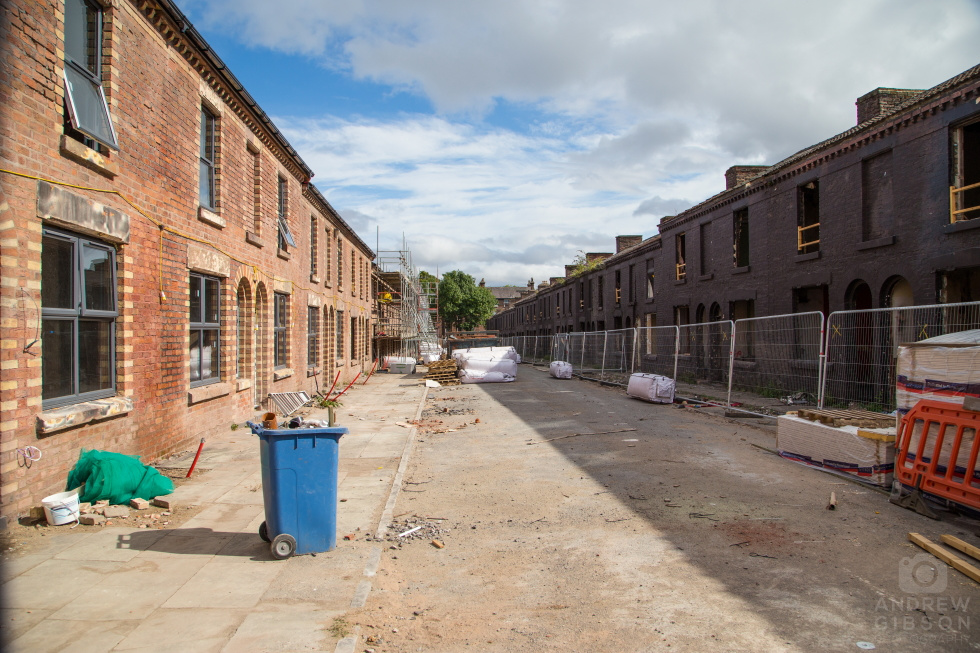
Above you see Powis Street mid transformation last summer, while Madryn Street below had yet to be developed. Ringo Starr was born in one of the houses to the left. There was some suggestion that it might be dismantled and rebuilt elsewhere – until he pointed out that if that were the case, it wouldn’t be his birthplace anymore…

The Stanley Dock Tobacco Warehouse is one of the biggest brick buildings in the world and currently undergoing its own transformation, and in the series it appears on the horizon beyond the end of Watery Lane. In reality it’s well out of sight. Within its walls though you can see the setting for more of those Peaky streets…
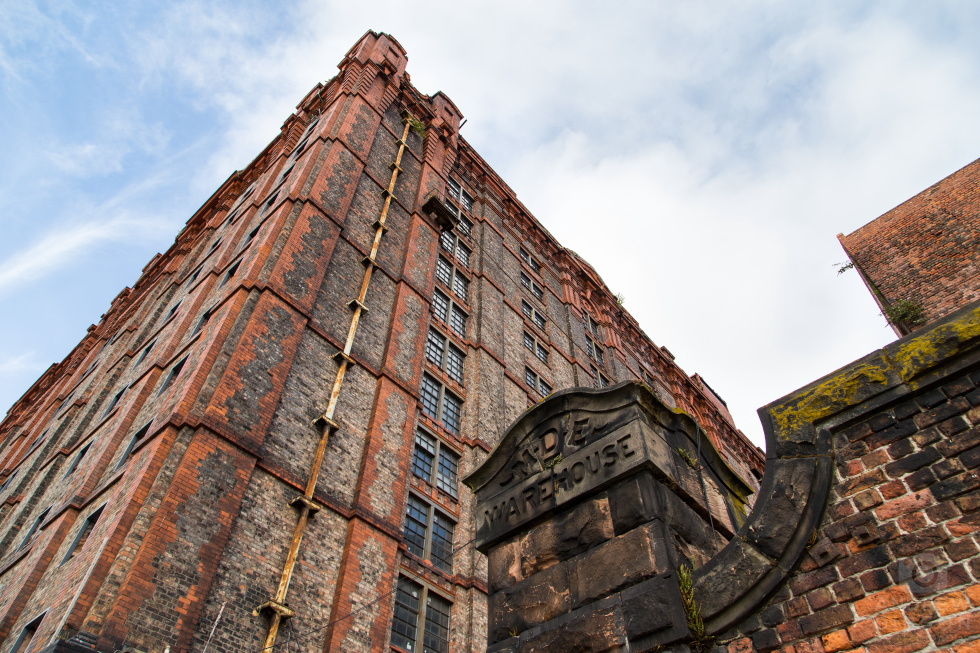
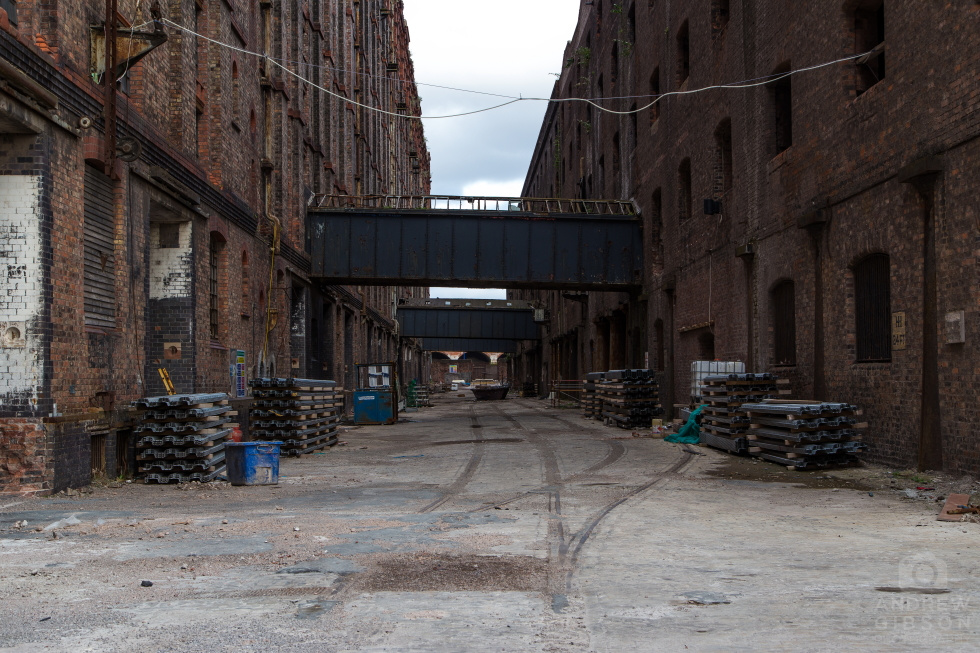
And the Gypsy funeral was actually set out the back of the Astley Green Colliery further afield on the Lancashire Coalfield – again with that amalgam of a skyline green-screened in to the background…
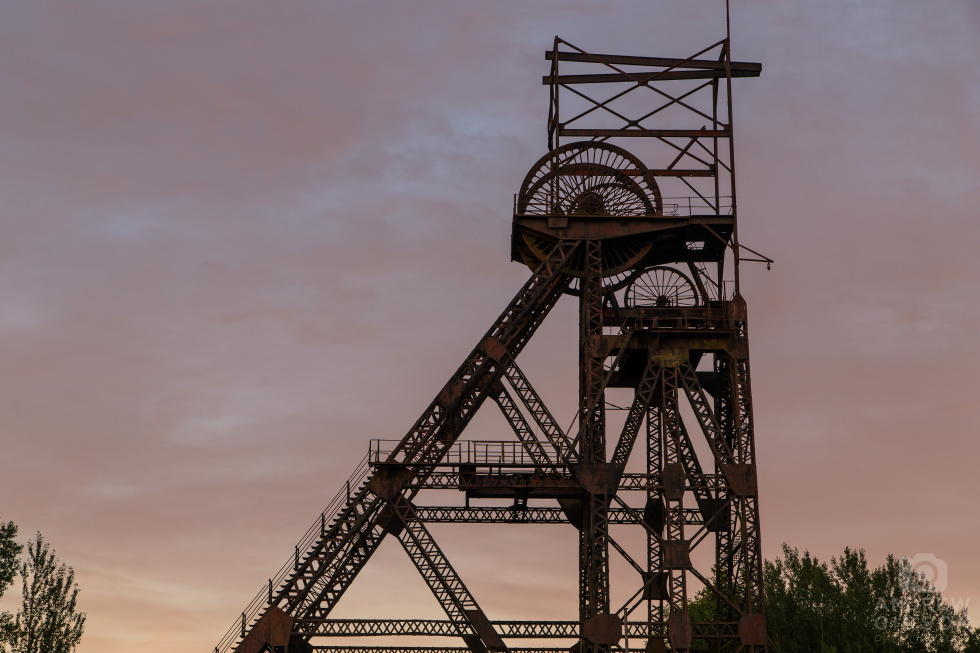
I’m digressing here – but it’s always nice to see these forgotten places crop up and with a lot of this heritage disappearing you can see why 1920s Birmingham needs an increasingly wide area of locations to recreate.
Back in Liverpool on a Friday night I wanted to photograph the historic waterfront but in all honesty the lighting was inconsistent across the Three Graces and I couldn’t get the result I wanted. This shot of the Beatles statue in front of the Liver Building came out okay though:

After an incredibly long day in which I walked over ten miles in pursuit of various images I made a final stop at the Albert Dock, perfectly lit for a twilight shot, and made my way back to the car for the journey home and another long trip out the day after.

There’s still more I want to get out of this richly diverse city, but until the next time, thanks for reading.
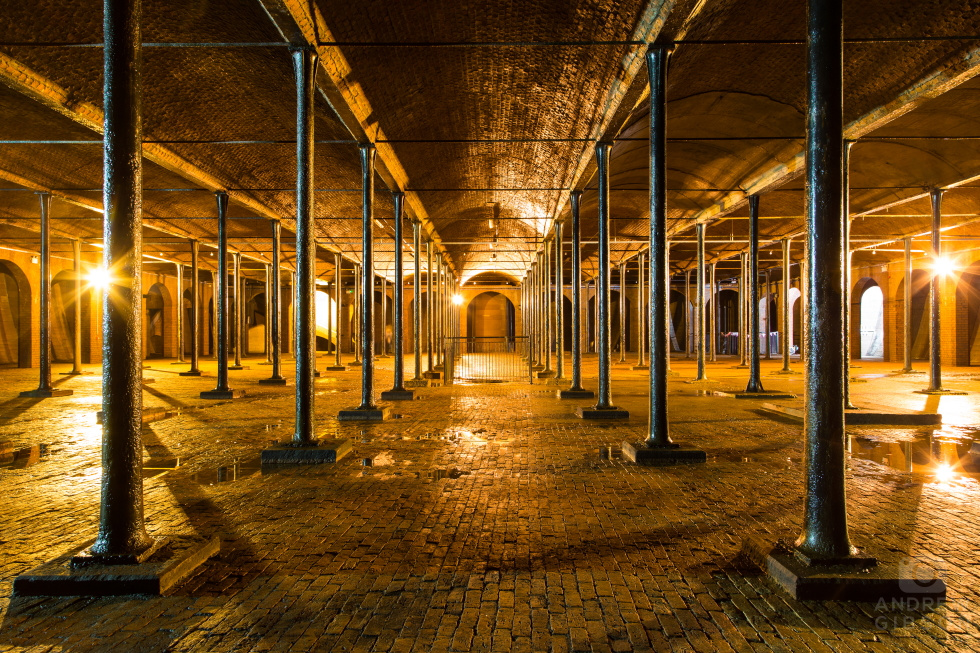
Comments
Glen